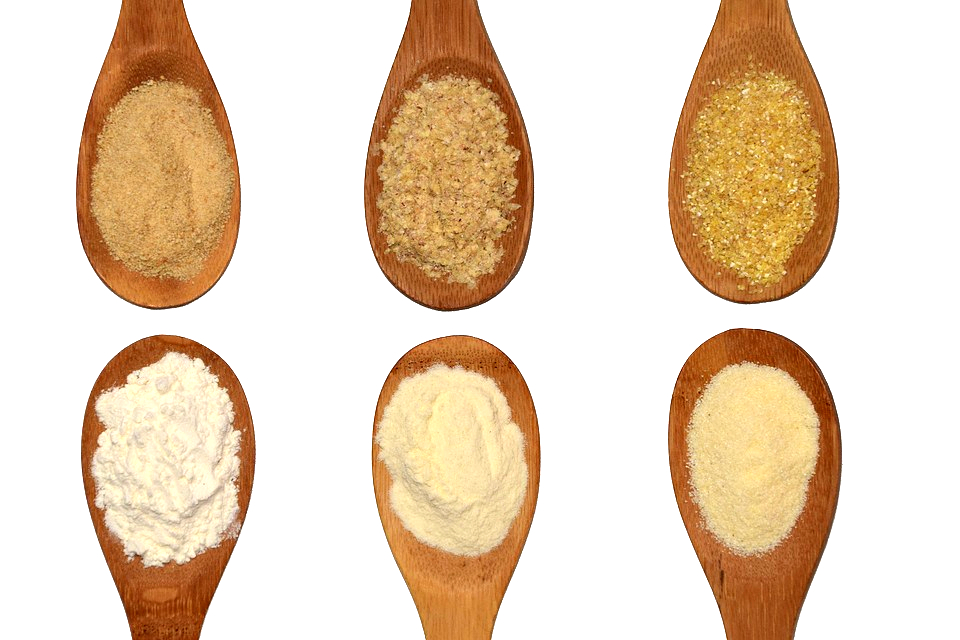
Semolina and flour, what changes for your health?
Here the poison that 90% of consumers don’t know to eat: The soft wheat flour 00.
We all eat pizza,pasta,bread,cakes,biscuits,
But is flour always the same?
Wheat is no one, and there are many types of flour….and they are not the same.
Just for nothing, expecially in terms of health effects.
But you know which one you eat?
There’s a lot of confusion about semolina and flour among the consumers of these times, so we try to do a little clarity.
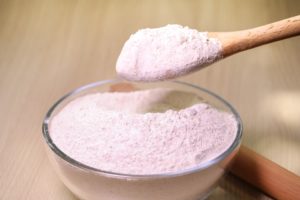
Flour and Semolina, the differences.
For “Semola” we mean the flour made from “durum wheat”
Whit the generic term “flour ” commonly means soft wheat flour .
But I will explain to you that is not just a question of wheat, there is something else.
There are differences in the final product, substantial nutritional differences that effect your health.
Not all the flour are the same!
Difference number 1:
Wheat
A difference between semolina and flour is the type on wheat used.
Durum wheat is a type of wheat born thanks to the meeting of two wild species that was already known to the times of the ancient Egiptyans.
The grain of durum wheat that will make semolina is less floury than that of soft wheat. It is therefore excellent to produce the semolina.
Indispensible for a good durum wheat is the warm wheather and a lot of sun as we have in Italy.
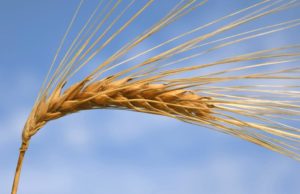
Dureum wheat
The soft wheat derives instead from the crossing of the cultivated species and is very resistent to low temperatures.
In fact it is more easily cultivated even abroad (where the regulations that regulate pesticides are much more elastic of the Italian ones).
These two types of wheat are very different from each other, you can see the difference with the naked eye:
- Durum wheat is elongated, translucent and “durum”, indeed
- Soft wheat is roundish, opaque and “friable”, so soft
Another difference is that related to the size of the grains that changes between semolina (durum wheat) and flour (soft wheat).
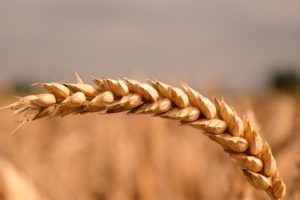
Soft wheat
In soft wheat flour we do not distinguish the individual grains, neither from sight nor touch.
Keep this in mind, it will be important in terms of health and nutrition. From the common wheat is obtained then the flour, white, to different degrees of refining: they are 5. The most common, and also the most refined are the flour 0 and the flour 00.
Semolina is obtained from the ginding of the durum wheat. It has a light yellow color, certainly not the white one of refined flour. Is more granular than the soft wheat flour that is instead very fine. We have large, medium, small semolina and re-milled semolina, names that indicate the size of the granules of the given type of semolina.
Difference number 2:
nutritional features
Does the refined flour of soft wheat really hurt?
To begin with you must know that soft wheat flour is a very fine powder, which is sifted, filtered, refined and processed to become that way.
This very thin white powder loses all its good nutritional properties in these processes.
The bran, that is the external coating, together with the wheat germ (the parts with the noblest nutrients) are discarded, contain vitamins, mineral salts and fibers, fundamental for our health.
To adapt it to fast doughs and industrial preparations for large volume, almost all the components that our body needs are removed.
What remains?
I would like to tell you nothing, it would be better. But what remains, the result of these refining processes is a flour of inferior quality compared to that of durum wheat.
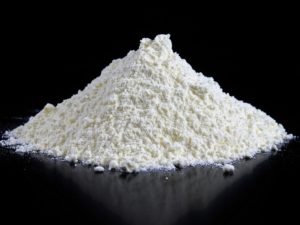
Why?
It’s simple, if you remove almost all of a cereal, only sugar remains in the form of starch.
But the starch, so the sugar, of the wheat flour is very different from that of durum wheat.
Being so pure and pulverized it is assimilated very quickly from our body. It then turns into simple sugars in a short time.
This leads to high and rapid glucose peaks and consequent rapid fallout.
Strong changes that not only increase hunger after a short time, but put you at risk for diabetes type 2, just because, to simplify, they behave like simple sugars.
The alarm was launched by Professor Franco Berrino, works at the National Cancer Institute of Milan and deals with research and prevention of cancer through nutrition.
In several interviews, including this video taken from an episode of the 2009 Report, explains his position on anti-cancer nutrition.
 Professor Franco Berrino,
Professor Franco Berrino,
works at the National Cancer Institute of Milan
“00 flour is the biggest poison of our diet”, says the Professor. And more: “It has been proven that those who have a high-fiber diet, and in particular of cereal fibers, get sick less of bowel cancer. It is less affected by heart attack, diabetes, respiratory and digestive diseases and even infectious diseases. Because if the intestine works well, the immune system works well too. The white flour is harmful because we have removed the components that are good for health, especially the fibers. And then it has a very high glycemic index and this favors diabetes, tumors and obesity”.
If you want to know more about what Prof. Berrino says read this article.
The benefits of durum wheat semolina
The durum wheat semolina, compared to flours obtained from soft wheat, is a complete food that keeps intact most of the characteristics of the grain from which it is obtained.
It is also richer in proteins, but not only.
Fibers, very important for the health of the intestine. The increased presence of fiber reduces cholesterol levels and is capable of lowering blood sugar.
But also vitamins and mineral salts to a much greater extent than refined flours.
The semolina has a particular characteristic: it has a lower glycemic index thanks to the presence of complex carbohydrates and thanks to the fact that the semolina maintains more the structure of the grain.
All this ensures the body a gradual release of energy over time.
Concretely, it allows to avoid blood sugar pikes and the subsequent sharp drops (typical of soft wheat flour 00), very dangerous for the prevention of diabetes type 2.
Another advantage of the semolina is the superior satiating power, very useful for those who want to follow a diet.
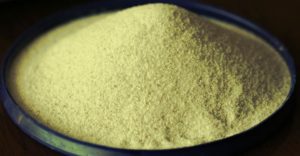
The typical yellow color of durum wheat detects the presence of carotenoids (lutein and beta-carotene) antioxidant substances particularly beneficial in fighting cellular aging.
The products made with durum wheat semolina have antioxidant qualities, fighting the famous free radicals.
These substances have shown a certain degree of protection against some cancers, especially the colon cancer.
In summary, durum wheat semolina is:
- It’s protein
- Rich in fibers
- Contains vitamins and minerals
- It is antioxidant
- Has a lower glycemic index than flours produced from soft wheat
- Helps to prevent diabetes, high cholesterol and tumors
ONLY DURUM SEMOLA IN OUR PASTA
At Pasta Santoni we are very careful about the wheat we use to make our pasta.
We have the duty to work only durum wheat semolina, but we also wanted to use the best semolina in the world: the Italian durum wheat.
Our dought is making only with a 100% Italian durum wheat semolina from our territory, Marche region.
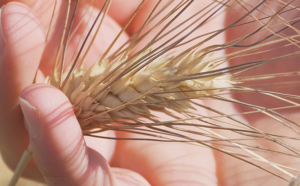
To ensure an excellent quality semolina we have a cultivating partnership with the Mancini farm located in Marche region.
A company considered the highest expression in terms of quality in the cultivation of durum wheat in the Marche.
Always attentive and respectful of the principles of good agricultural practice.
This guarantees us an “ad hoc” semolina for our production that has within it unique organoleptic and nutritional properties:
- an important component of fiber
- essential mineral salts
Thanks to our excellent raw materials we create a different pasta from all the others.
Attention to raw materials and a healthy diet are our top priorities when we produce Pasta Santoni.


